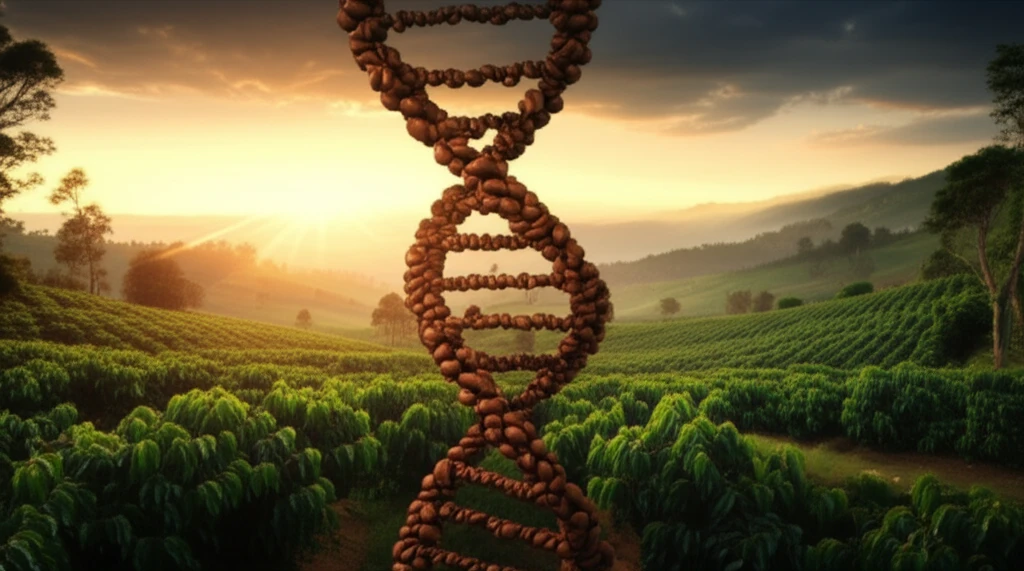
Unlocking Ethiopian Coffee's Potential: How Genetic Diversity Can Improve Your Cup
"Dive into the research uncovering the secrets of Coffea arabica in Ethiopia and how understanding its genetic variability could lead to better yields, disease resistance, and ultimately, a more flavorful brew."
Coffee (Coffea arabica L.) is central to Ethiopian culture and economy, contributing significantly to foreign earnings and supporting a large portion of the population's livelihoods. Despite its importance and wealth of genetic diversity, coffee productivity remains low. A key factor is the widespread use of unimproved local landraces, hindering overall production.
To address this, researchers are focusing on understanding and leveraging the genetic variability within Ethiopian coffee populations. Assessing variability in yield and related traits is crucial for planning effective breeding strategies and improving coffee production through selection and cross-breeding.
This article explores recent research evaluating the genetic variability, heritability, and genetic advance of quantitative traits in 49 Coffea arabica accessions from the Gomma woreda region of Ethiopia. The aim is to identify traits that can be improved through breeding, leading to enhanced yields, disease resistance, and overall coffee quality.
Decoding Coffee Genetics: Key Findings and Implications

The study evaluated 49 coffee accessions, recording data on 26 quantitative traits. Significant differences were found among the accessions for most traits, indicating genetic variability. Phenotypic coefficients of variation (PCV) were generally higher than genotypic coefficients of variation (GCV), suggesting the influence of environmental factors.
- High Variability: Coffee berry disease (CBD) severity and yield per tree showed high phenotypic and genotypic coefficients of variation.
- High Heritability: Hundred bean weight, number of nodes of primary branches, stem diameter, and height up to the first primary branch exhibited high heritability.
- Genetic Advance: CBD reaction, clean coffee yield per tree, number of secondary branches, height up to first primary branch, and hundred bean weight showed high genetic advance.
Brewing a Better Future: Utilizing Genetic Insights for Coffee Improvement
The research underscores the importance of genetic variability in improving coffee production. By identifying traits with high heritability and genetic advance, breeders can make informed decisions to enhance yield, disease resistance, and other desirable characteristics.
While morphological variation provides valuable insights, further molecular and biochemical studies are crucial for a complete understanding of genetic diversity. Additionally, heterosis breeding may be necessary to improve traits with low genetic variability.
Ultimately, leveraging the genetic potential of Ethiopian coffee through targeted breeding programs can lead to more resilient, productive, and flavorful coffee varieties, benefiting both farmers and consumers.
